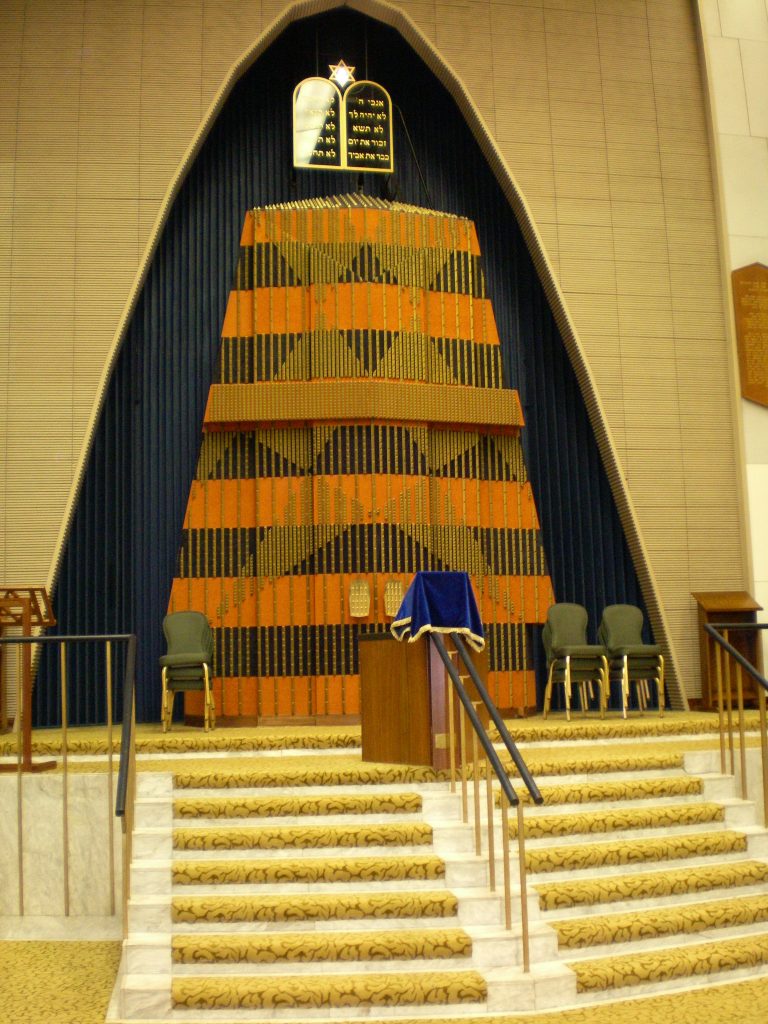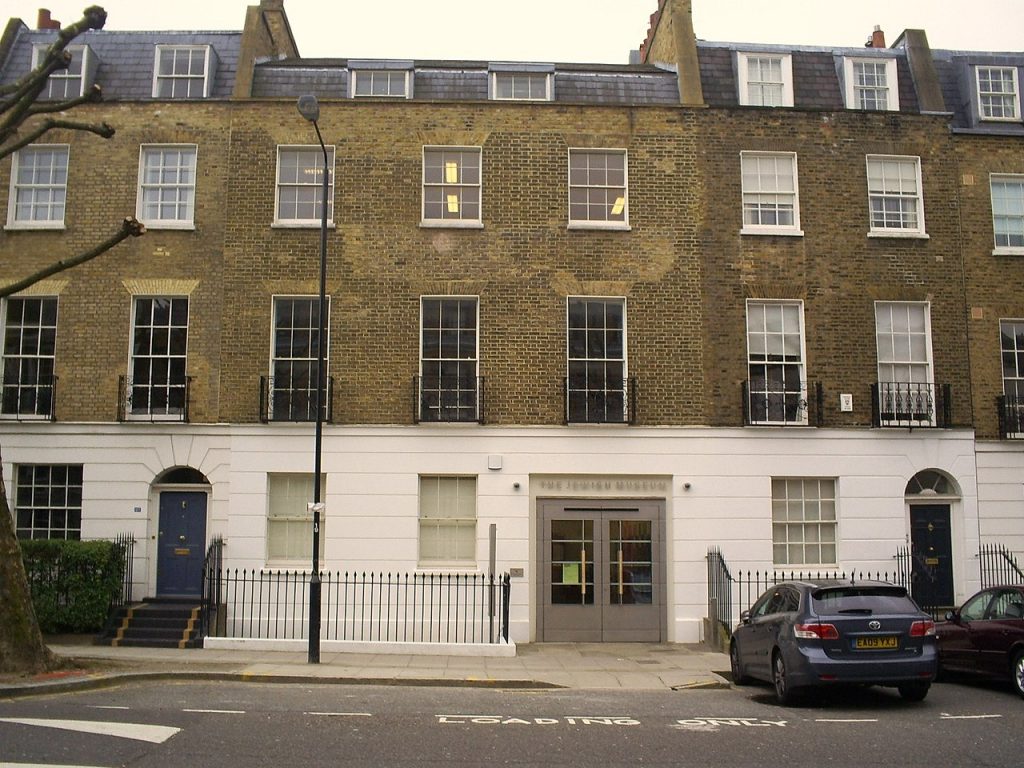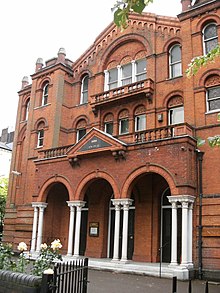The Jewish communities of London are highly diverse, in terms both of their rites and origins and of their geographical distribution.
The Jewish presence in London is attested from the 11th century. During the reign of William II (1087-1100), who seems to have favoured their arrival, in particular to contribute to the economic development of the region. Among the important works of the time were those of Abraham ben Meir Ibn Ezra, Iggeret Hashabbat and Yessod Mora, written in London in the middle of the 12th century.
Fluctuating situation for Jews under the Kings of England
Under Henry II (1154-1189) many Jews settled in the city. However, under Richard I (1189-1199), who succeeded him, a wave of antisemitism appeared, especially after the coronation of the new king with the attack on the Jewish quarter, in which thirty people were murdered, among them the tossafist Jacob of Orleans.

Although the situation of London’s Jews stabilised again in the 13th century, they were subjected to very high taxes by the crown. Anti-Semitic accusations of ritual crimes allowed the authorities to justify additional taxation when the kingdom’s coffers were empty or when there were conflicts between nobles. In the 1260s, these injustices also resulted in a series of murders of Jews.
Under Edward I (1274-1307), London Jews were banned from certain economic activities. In 1283, the Bishop of London ordered the closure of the synagogues. Seven years later, in 1290, England expelled the Jews from the kingdom. Prominent figures of this period included Jacob ben Judah, author of Etz Hayim, Joseph ben Jacob and Rabbi Moses of London.
A very small number of Jews attempted to resettle over the next three centuries, but conditions were harsh and the end result was often expulsion. In the 17th century, Jews were able to settle again. Some came from France and others from countries where the Inquisition was still in force.
The historical synagogue of Bevis Marks
Under Oliver Cromwell (1653-1658) the community was heard about the hardships and threats they endured. In 1656, a synagogue was officially opened in Creechurch Lane. In 1701, the still-famous Bevis Marks Synagogue was built. Among the scholars of this period were David Nieto, Jacob Abendana and Joshua da Silva. Following the accession to power of William of Orange, Jews from the Kingdom of Holland settled in London. They were followed by Jews from Hamburg.

The different communities developed throughout the 18th century. In 1722, the Duke’s Place Synagogue was built. Four years later, it was the turn of the Hambro Synagogue. In 1761, the first synagogue (now commonly known as the Western Synagogue) outside the City was opened in Westminster.
If the 18th century was the century of the officialization of the Jewish presence and the recognition of its religious and associative institutions, the 19th century allowed Jews to access the same economic activities and political functions as other London citizens. Thus, David Salomons became the first Jewish mayor of the city in 1855. The liberal movement also emerged at this time, further evidence of the cultural and religious diversity of the Jewish community in London.
Integration of Eastern European Jews
At the end of the 19th century, following the pogroms in Eastern Europe, many Jews from that region also settled in London. At that time there were about 150,000 Jews in London, 100,000 of whom lived in the East End. Among them were many tailors, about ten thousand. They went on strike in 1889 against the harsh conditions of the trade and the discriminatory exploitation by employers of their immigrant status.

At the beginning of the 20th century, the immigration of Jews was slowed down by the 1905 migration policy, but some refugees managed to settle there, especially in the run-up to the Second World War, while those who were already living there saw the rise of a fascist movement. At this time, London Jews became less concentrated in the East End, choosing the northern areas of Golders Green and Stamford Hill in particular.
Contemporary evolution of London Jews
This geographical shift continued after the war. In particular in Harrow, Wembley, Edgware, Stanmore, Finchley, Ilford and Palmers Green. At the end of the 1970s, there were 280,000 Jews in London. However, this figure has been falling since then. It fell to 210,000 in 1988, 195,000 in 2002 and in 2025 to 160,000.
The orthodox and Hassidic communities are found mainly in the north (Stamford Hill). For information on services, contact the very congenial Board of Deputies of British Jews.
One introduction to Jewish life in London is to take a Stepping Out walking tour with professional City of London or Blue Badge guides. The Jewish Museum also offers numerous tours of the East End, including visits to synagogues that are usually closed to the public.
The British Museum is a must. Here, the British Library’s Hebrew Collection is one of the biggest in the world, with some 3000 manuscripts including Bibles, Talmuds, kabbalah and Haggadot, many of them illuminated. These come from all over Europe and some are over 1000 years old. The collection also has the original Balfour Declaration of 1917.
Finally, there are many documents of Jewish settlement in the British capital at the Guildhall Library which specializes in history.
Hospitals, universities, buses, theatres, streets… anti-Semitism has grown significantly in London in places far beyond the religious sphere. As in many European cities since the exploitation of the pogrom of 7 October. This has resulted in threats, insults, boycotts and attacks. The ‘response’ to this was sometimes a recommendation from government officials not to visit certain neighbourhoods.